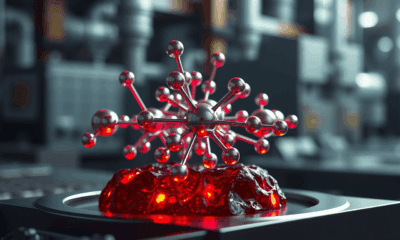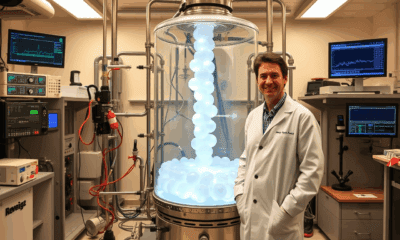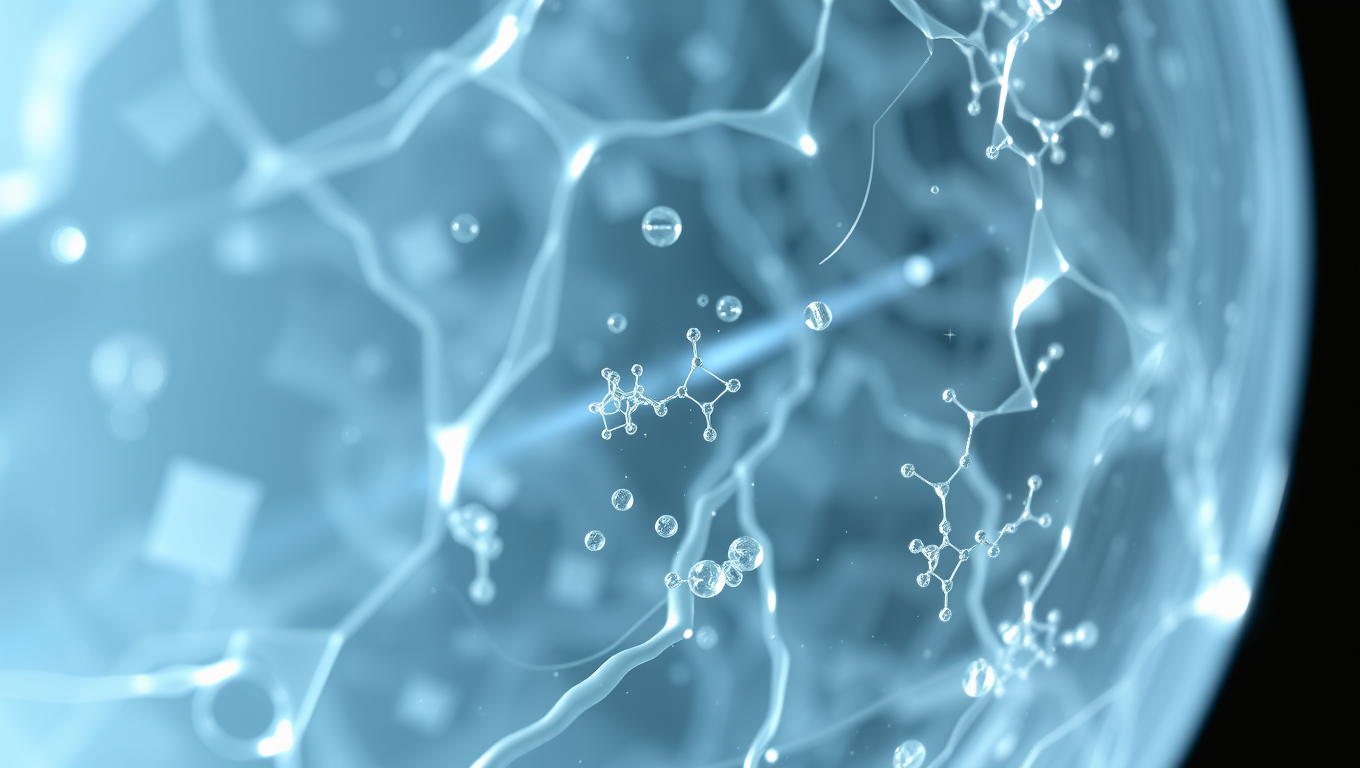While we try to keep things accurate, this content is part of an ongoing experiment and may not always be reliable.
Please double-check important details — we’re not responsible for how the information is used.
Acoustics
Unraveling the Dynamics of Hand Clapping: A Window into Bioacoustics and Personal Identification
Researchers elucidate the complex physical mechanisms and fluid dynamics involved in a handclap, with potential applications in bioacoustics and personal identification, whereby a handclap could be used to identify someone.

Acoustics
A Silent Hazard: How Electric Vehicle Safety Signals Can Be Misinterpreted by Humans
As electric vehicles grow more popular, their warning sounds may not be doing enough to protect pedestrians. A Swedish study shows that these signals are hard to locate, especially when multiple vehicles are involved, leaving people unable to tell where danger is coming from or how many cars are nearby.
Acoustics
The Hidden Order of Glass Revealed: Unlocking the Secrets of Vibrational Fluctuations in the Terahertz Region
Although glasses exhibit disordered atomic structures, X-ray and neutron scattering reveal a subtle periodicity. Researchers have demonstrated that this hidden periodicity — referred to as ‘invisible order’ — plays a critical role in determining vibrational fluctuations in the terahertz (THz) frequency range, which significantly influence the physical properties of glass.
Acoustics
Cracking the Code on Next-Generation Engine Noise: A Breakthrough Study Reveals Why Electric Aircraft Engines Sound Annoying and How to Fix It
A breakthrough study has revealed why emerging electric aircraft engine technology sounds so annoying — and how to fix it.
-

 Detectors3 months ago
Detectors3 months agoA New Horizon for Vision: How Gold Nanoparticles May Restore People’s Sight
-

 Earth & Climate4 months ago
Earth & Climate4 months agoRetiring Abroad Can Be Lonely Business
-

 Cancer4 months ago
Cancer4 months agoRevolutionizing Quantum Communication: Direct Connections Between Multiple Processors
-

 Agriculture and Food4 months ago
Agriculture and Food4 months ago“A Sustainable Solution: Researchers Create Hybrid Cheese with 25% Pea Protein”
-

 Diseases and Conditions4 months ago
Diseases and Conditions4 months agoReducing Falls Among Elderly Women with Polypharmacy through Exercise Intervention
-

 Albert Einstein4 months ago
Albert Einstein4 months agoHarnessing Water Waves: A Breakthrough in Controlling Floating Objects
-

 Chemistry3 months ago
Chemistry3 months ago“Unveiling Hidden Patterns: A New Twist on Interference Phenomena”
-

 Earth & Climate3 months ago
Earth & Climate3 months agoHousehold Electricity Three Times More Expensive Than Upcoming ‘Eco-Friendly’ Aviation E-Fuels, Study Reveals





























